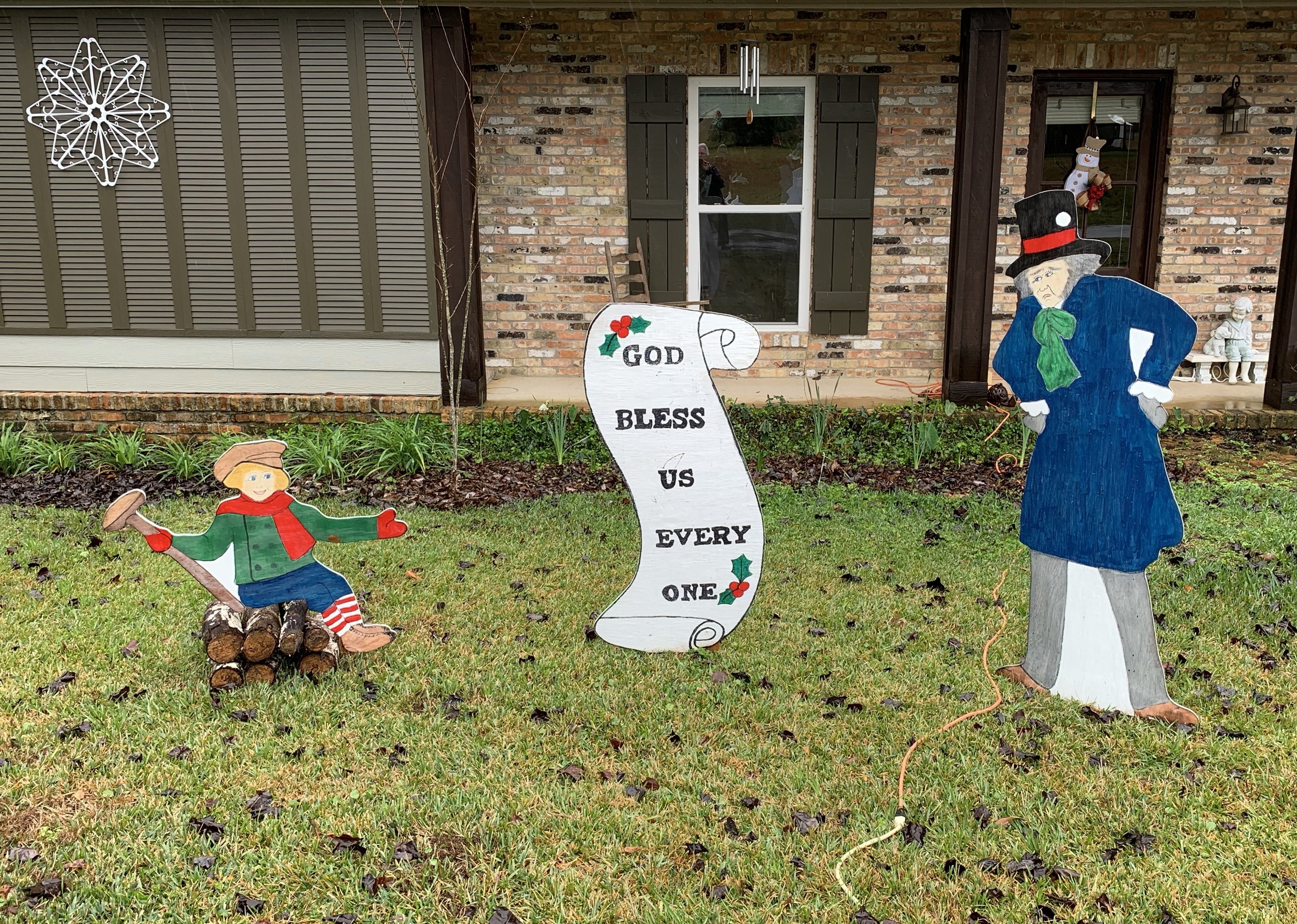As promised in my last blog, I write a companion piece with a recommendation for a particular edition of A Christmas Carol. Responses from that blog indicate that I am not the only one who makes this reading a Christmas habit. Those who know me well have added to my collection with many renditions of the book which leaves me choices each year. This year I have read The Original Manuscript Edition: A Christmas Carol.
The photo shows the layout with Dickens’ original manuscript draft, digitized from the collection at Morgan Library and Museum in New York City, on the left hand page with its exact readable transcription on the right hand page.
The front matter to this edition is extremely interesting with information about Dickens’ own history of the writing, the place the story has held in its growing popularity over time and its influence over how we celebrate the holiday, as well as how the transcription was done. The skill of those who had to decipher the man’s handwriting before setting type for the first edition is a marvel. Writers will find a kindred spirit in cross-outs and rewriting. They may also wonder at the process in those days, compared to these when publishers expect a pristine copy, usually sent by email attachment.
While I enjoyed the “extra” in this presentation, the story itself spoke to me once again. I could not help seeing how appropriate it remains for our world today. I don’t remember noticing before the foreshadowing in the introduction of the Ghost of Christmas Present when Scrooge fancies in his turning that there is a claw of a great bird or a foot much smaller than his own beneath his robe. I do remember discussions with some attentive and articulate junior high students as we discussed the relevance to their own times of the owners of those limbs as the Spirit prepares to leave – the children called Want and Ignorance. I also remember the joy they had when the Spirit threw Scrooge’s own words back in his face. “Are there no prisons? Are there no workhouses?”
Prodded by the front matter, I paid attention to some creative capitalization and punctuation that Dickens used to emphasize a point. My favorite example is a line toward the end. “Are these the shadows of the things that Will be, or are they shadows of things that May be, only.” I frequently checked the facing page for accuracy of transcription. The capitals for emphasis are his and no, he did not put a question mark at the end of that sentence.
I really enjoyed this reading and felt a kinship to Dickens as he struck out words and rewrote sentences trying to make it the best possible story. Time has proven that it was worth the effort. I also watch the movies and find that they all come up short. They leave out crucial lines, rewrite parts of the story (Why ???), cast the wrong characters, or create scenery that does not match what is in my head.
As always, as I have made my annual tour through A Christmas Carol, I have played the memory in my head of Daddy portraying Scrooge in the village church production in Hardy, Mississippi when I was six years old with gratitude for giving me my first love of the story. And if you don’t drive by our house this Christmas season, my wishes for you are in the picture below.

